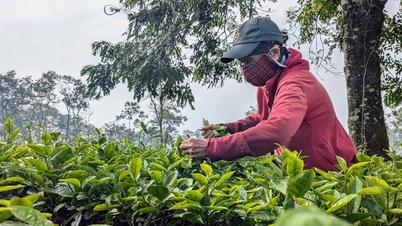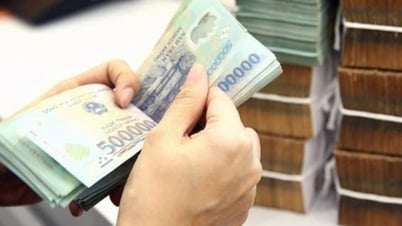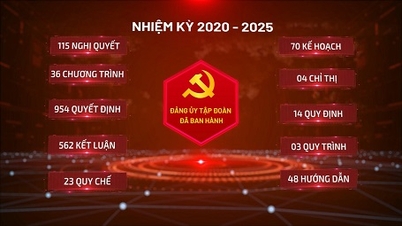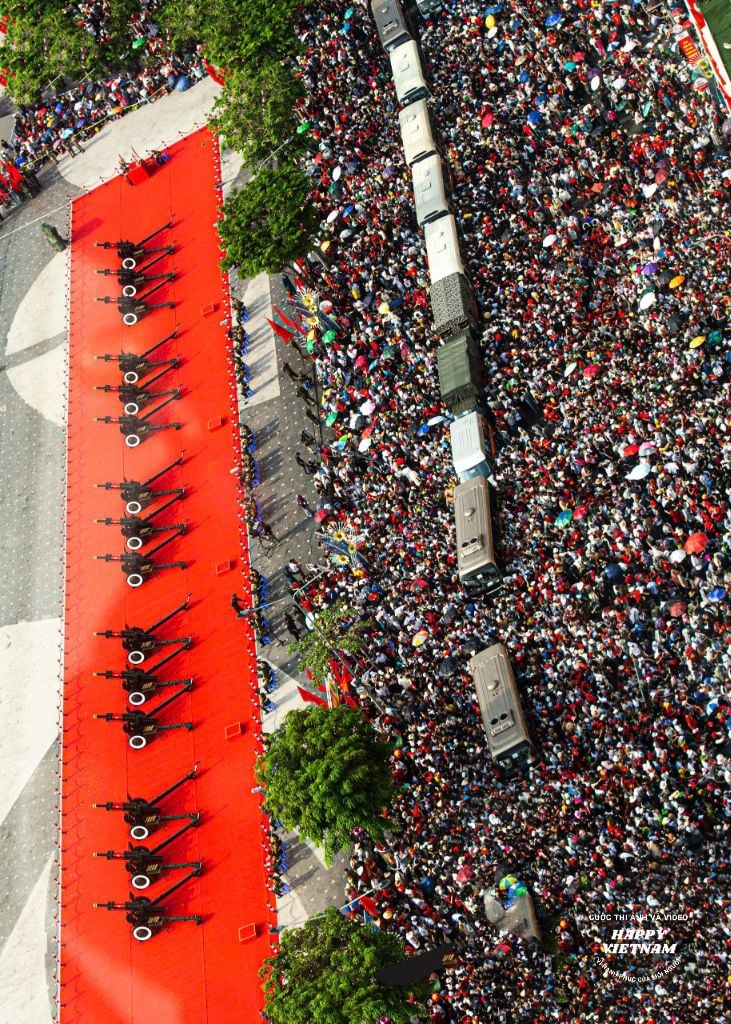World coffee prices adjusted down after many previous strong increases.
Domestic coffee prices have been on an upward trend over the past six days. After a week of fluctuations, localities have recorded an increase of VND300-500/kg compared to the beginning of the week.
Extreme weather is a particular concern for robusta, the variety used in instant coffee. The threat to Brazil’s coffee output adds to worries about robusta supplies, which are already tight as supplies from top exporter Vietnam are also affected by El Niño.
The abundant supply from the 2023-2024 harvest is expected to put pressure on coffee prices. However, global demand for robusta coffee remains strong, so the downward trend is expected to end in January-February 2024 when the harvest is completed in many places.
 |
| Domestic coffee prices decreased sharply by 1,100 - 1,300 VND/kg in some key purchasing localities in the last session of the week (November 18). (Source: littledayout) |
At the end of the trading session last weekend (November 17), the price of robusta coffee on the ICE Futures Europe London exchange for January 2024 delivery decreased by 45 USD, trading at 2,521 USD/ton. The March 2024 delivery period decreased by 35 USD, trading at 2,449 USD/ton. Trading volume was low.
Arabica coffee prices on the ICE Futures US New York exchange for December 2023 delivery decreased by 5.15 cents, trading at 170.95 cents/lb. Meanwhile, the March 2024 delivery price decreased by 4.55 cents, trading at 166.65 cents/lb. Trading volume is high on average.
Domestic coffee prices decreased sharply by 1,100 - 1,300 VND/kg in some key purchasing localities in the last session of the week (November 18).
Unit: VND/kg. (Source: Giacaphe.com) |
The International Coffee Organization (ICO) estimates that the global coffee supply in the 2022-2023 crop year will be around 171.3 million bags while consumption will be at 178.5 million bags, the world coffee market will witness a deficit of 7.3 million bags in the 2022-2023 crop year. Meanwhile, Rabobank estimates that the global coffee supply will be in deficit of around 6.4 million bags in the 2022-2023 crop year.
ICO data shows that by the end of the 2022-2023 crop year, green coffee exports reached 110.8 million bags, down 5.5% compared to the 2021-2022 crop year and accounting for more than 90% of total global coffee exports.
The current global macroeconomic environment is not conducive to consumer demand in the 2022-23 coffee crop year, with rising inflation and interest rates in many major economies increasing the cost of living and reducing disposable income for a large segment of the world's consumers.
These factors appear to have contributed to a decline in coffee consumption and a reduction in global green coffee exports. However, the ICO believes that the decline in global green coffee exports in 2022-23 may be more related to logistics and supply chains than to the overall health of the economy and actual coffee consumption.
Source



![[Photo] Prime Minister Pham Minh Chinh meets with Hungarian President Sulyok Tamas](https://vphoto.vietnam.vn/thumb/1200x675/vietnam/resource/IMAGE/2025/5/29/dbcaa73e92ea4448a03fe1d0de6d68e8)



![[Photo] Vietnamese and Hungarian leaders attend the opening of the exhibition by photographer Bozoky Dezso](https://vphoto.vietnam.vn/thumb/1200x675/vietnam/resource/IMAGE/2025/5/29/94d8ceca5db14af3bf31285551ae4bb3)



























































































Comment (0)